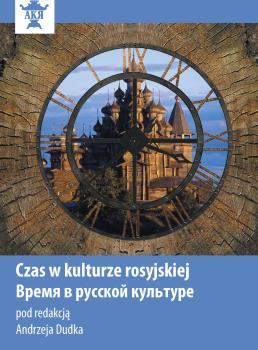“Before” and “After”: Representations of Time in the Children’s Autobiographical Narratives of the First Soviet Decade .......... 297
Synopsis
“BEFORE” AND “AFTER”: REPRESENTATIONS OF TIME IN THE CHILDREN’S AUTOBIOGRAPHICAL NARRATIVES OF THE FIRST SOVIET DECADE
Тhe author of the article analyzes the specifics of the children’s temporal ideas about the past, present and future, which are reflected in the children’s autobiographical narratives (“Chronicles”) of the first post-October decade. In spite of the different social genealogy – “proletarian” “red” children’s texts or the texts created by their emigrant peers abroad − all of them belong to the same genre and are close in their form and content evaluating the period of the 1917 Revolution and the following Civil war in Russia as the «frontier» that marked the end of the old era and the beginning of the «other» life taking place in the new time dimensions of Soviet or emigre existence. Special attention is given to the temporary organization of the children’s autobiographical narratives, determined by the different time forms and orders, different time modalities (past, present, future) and sequences. It is proved that the main constructing model of such texts is the event time, usually built in a simple sequence of events (since the autobiography is history), and the main object of content is the description of the child’s life and the life of his / her family, which characterize the time. Mythical, fabulous time, easily transferred by the children to the events of reality is presented as one of the mostly specific features of the children’s narratives.





